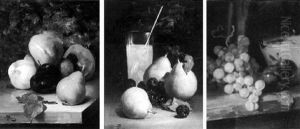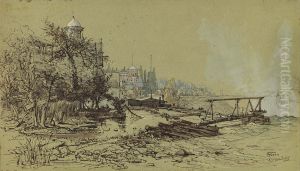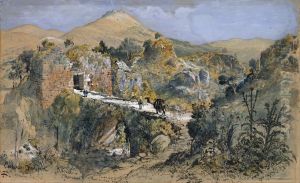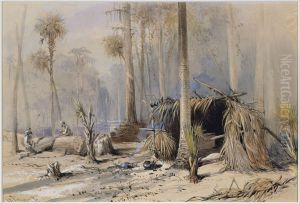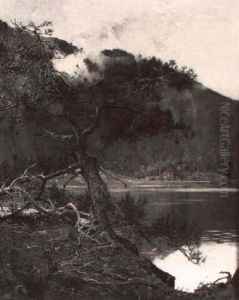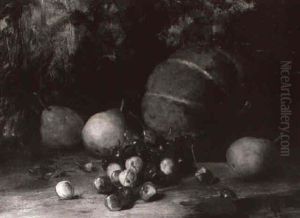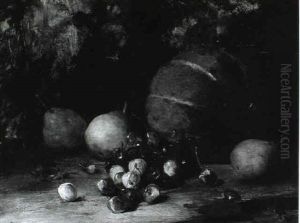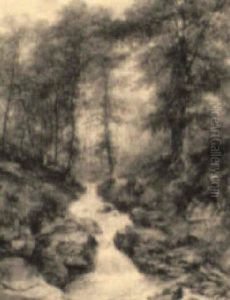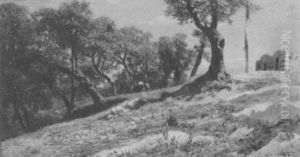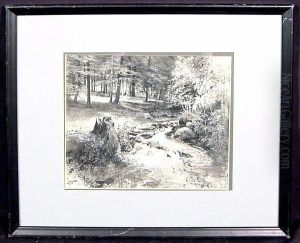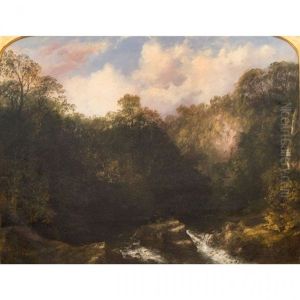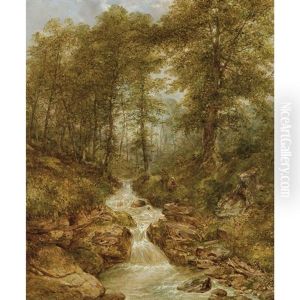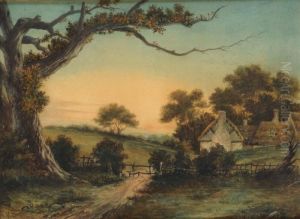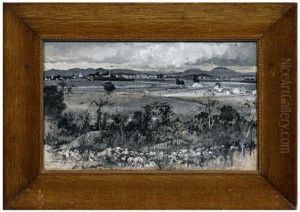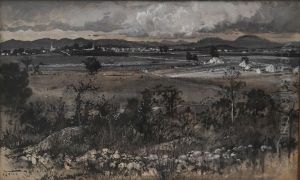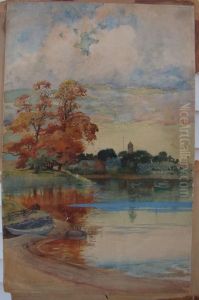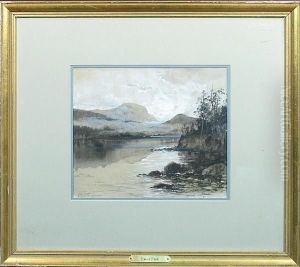Harry Fenn Paintings
Harry Fenn was a well-known English-born American illustrator, landscape painter, and etcher famously recognized for his book illustrations, particularly in the late 19th century. Born on April 14, 1845, in Richmond, Surrey, England, Fenn began his artistic career at an early age, initially apprenticing to a wood engraver in London. His early work consisted of illustrations for children's books and periodicals. Seeking broader opportunities, Fenn immigrated to the United States at the age of 22, settling initially in New York City.
Fenn's arrival in America coincided with a burgeoning demand for high-quality book illustrations, propelled by advances in printing technology and a growing middle-class readership. He quickly established himself as a leading illustrator, joining the art department of the publishing house D. Appleton & Company. His reputation was solidified through his work on 'Picturesque America', a seminal publication that offered richly detailed engravings of the American landscape. This work, edited by the writer William Cullen Bryant and published in the 1870s, was a milestone in the field of American illustration and helped to define the genre of picturesque travel literature.
Throughout his career, Fenn continued to work for various magazines and illustrated numerous books, including Washington Irving’s 'Knickerbocker’s History of New York' and Henry Wadsworth Longfellow’s 'Poems'. He also collaborated on the 'Picturesque Europe' series, which extended his scope beyond American landscapes. In addition to his illustration work, Fenn was an accomplished landscape painter and an active member of the American Watercolor Society. His paintings were exhibited at major venues such as the National Academy of Design.
Fenn's illustrations were characterized by their fine detail and sensitivity to the natural environment, contributing to the era's burgeoning appreciation for the American wilderness and European historical sites. His influence as an illustrator was marked by the way his work encouraged tourism and an appreciation for both natural and man-made beauty.
Harry Fenn passed away on April 22, 1911, in Montclair, New Jersey. His legacy endures through his contributions to the art of illustration and the role he played in shaping the visual culture of his time. Collectors and historians continue to study and appreciate Fenn's work for its artistic quality and its historical significance in the narrative of American and European landscapes.
